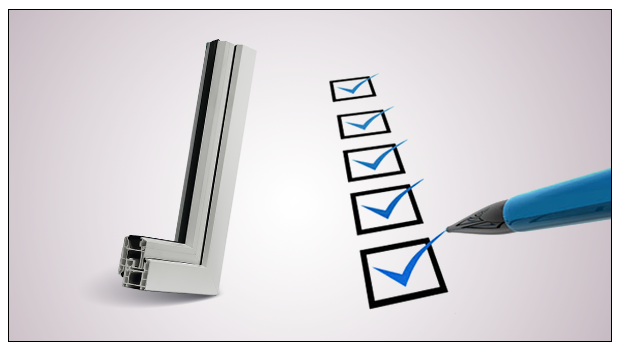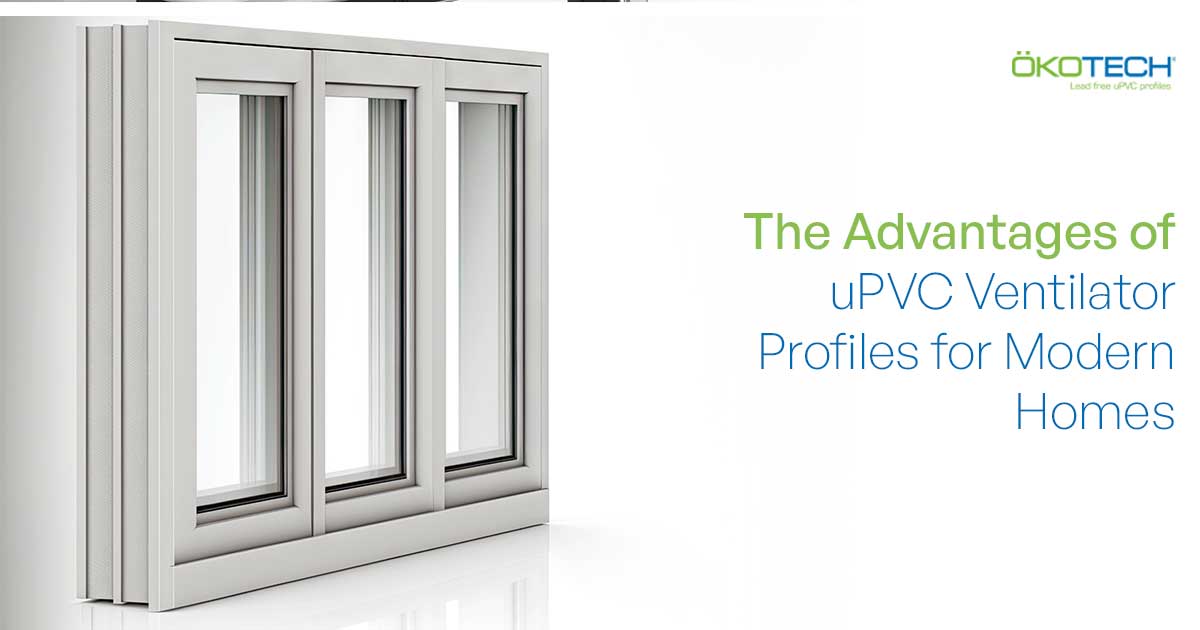Windows and doors made of Unplasticized polyvinyl chloride (uPVC) have quickly become the go-to choice for builders, architects, and homeowners alike. This is because uPVC windows and doors are easy to install, low on maintenance, extremely durable, and boast a whole range of functional features.
In the building materials industry, uPVC is considered a superior alternative to traditional materials, like wood and steel. Yet, there are still a few uPVC myths & misconceptions that exist in the market, and these common myths are what we’re going to be addressing in this article.
Common uPVC Myths & Misconceptions
They are not strong
This misconception couldn’t be further from the truth since the “u” in uPVC literally stands for unplasticised polyvinyl chloride. The raw materials that go into making superior uPVC frames for windows and doors are of the highest quality, which results in sturdy and durable profiles that can easily withstand the harshest weather conditions, and stay in perfect shape even after years of use.
They are prone to cracking and warping
Unlike plastic, which tends to expand on hot sunny days, uPVC windows and doors are built for all-weather conditions and can withstand even the harshest of climates. They do not expand or contract even in the hottest summer months or the coldest winters. uPVC windows and doors retain their shape and size irrespective of the weather conditions outside.
They create condensation in the home
During extreme winters, windows of any material are likely to get a bit of condensation on them. But double or triple glazed uPVC frames for windows and doors actually have a trickle vent that lets out a small amount of air, which helps in reducing the condensation. The tighter a house is sealed, higher are the chances of condensation. The easiest way to avoid this is to allow some air flow in your home by opening the windows from time to time.
They are bad for the environment
uPVC is actually one of the most eco-friendly materials in the industry. It is completely recyclable, and also helps to insulate the indoors, which results in lower energy usage for heating or cooling a space. Brands like Ökotech manufacture 100% lead-free uPVC profiles, and employ environmentally friendly manufacturing practices throughout the production process.
They are expensive
uPVC windows and doors are actually quite affordable in comparison to traditional framing materials – especially when you look at the big picture in the long run. They are extremely high-value options since they are durable, robust, and versatile, which means that they will last for years to come. They also help users cut down on energy consumption, thanks to their excellent insulation properties.
They are unsafe
With features like a multi-point locking system, steel-reinforced bars, and multi-chambered walls with excellent wall thickness, uPVC frames for windows and doors offer superior security to any space. They are also completely fire resistancesince there is a specially formulated fire-retardant added to the mix during manufacturing. uPVC doors and windows are also completely termite-proof.
If you’re looking for the perfect material for your doors and windows that ticks all the boxes in terms of functionality, sleek looks, and high value, don’t give in to the common uPVC myths and misconceptions listed above, and look no further than high-quality uPVC windows and doors by Ökotech – one of India’s most preferred uPVC profile manufacturers, and part of the reputed Aparna Group.



